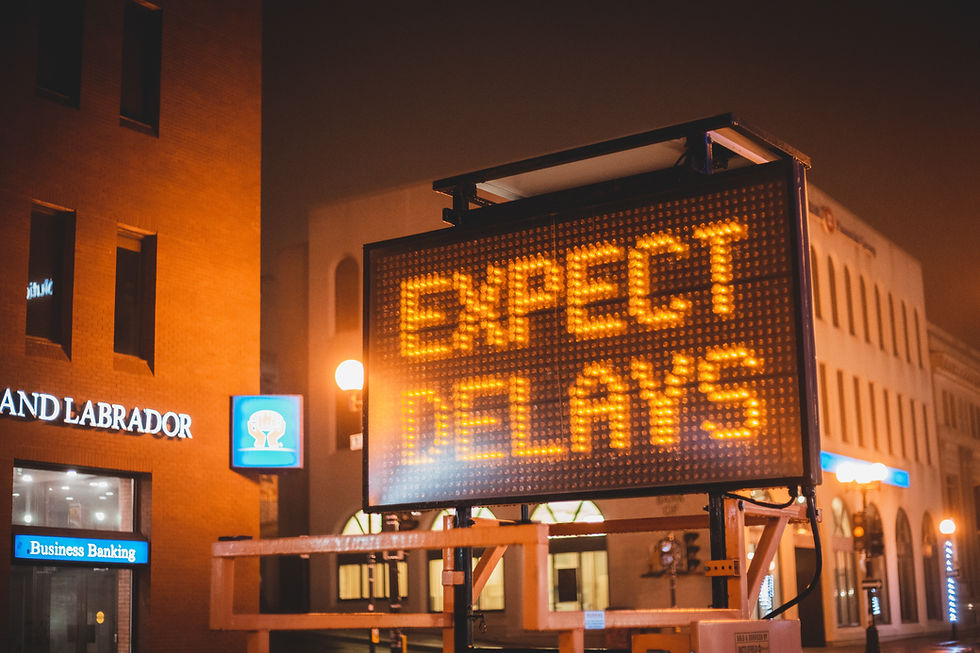Logistics Transparency for Critical Collaborations: How it Works and How to Achieve It
- WRV Logistics

- Mar 15, 2023
- 2 min read

Collaboration among business partners is essential to the success of any operation, especially those involved in the supply chain. As companies continue to grow globally, logistics transparency has become more important than ever. Logistics transparency involves sharing information related to logistics activities with partners, stakeholders, and customers to improve collaboration, reduce risks, and ensure timely delivery of goods and services.
Why Logistics Transparency Matters
In today's business environment, transparency is crucial for effective collaboration. In logistics, where multiple stakeholders are involved, transparency ensures that all parties are aware of what is happening at every stage of the supply chain. This reduces the risk of misunderstandings, delays, and errors.
Logistics transparency also helps businesses manage risks more effectively. By sharing information about potential risks, such as weather conditions, political instability, or natural disasters, businesses can plan ahead and take appropriate measures to minimize the impact of these risks on their operations.
Finally, logistics transparency helps build trust between partners and customers. When businesses are open and transparent about their logistics operations, it shows that they are committed to delivering high-quality products and services on time, every time. This improves customer satisfaction and loyalty, which is essential for long-term success.
What Businesses Can Do to Achieve Logistics Transparency
Service Providers can achieve logistics transparency by taking the following steps:
Develop a Logistics Strategy - Working with experienced logistics professionals, businesses can develop logistics strategies that align with their overall business objectives. This includes identifying areas where transparency is most critical and developing processes and procedures to ensure that information is shared effectively.
Implement Risk Management Plans - Identify potential risks in logistics operations and develop risk management plans to minimize their impact. This includes developing contingency plans and establishing communication protocols to ensure that all stakeholders are informed of any potential risks.
Measure Logistics Performance - Monitor and measure logistics performance, including on-time delivery rates, inventory accuracy, and cost efficiency. This enables businesses to identify areas for improvement and make data-driven decisions to improve their logistics operations.
How WRV Logistics Consultancy Inc. Can Help
WRV Logistics Consultancy Inc. provides logistics consulting services to help businesses achieve logistics transparency. Our team of experienced logistics professionals can help businesses develop logistics strategies, manage logistics risks, measure logistics performance, and implement logistics technology solutions. By partnering with WRV Logistics Consultancy Inc., businesses can achieve logistics transparency and improve their logistics operations.
Conclusion
Logistics transparency is essential for critical collaborations in today's business environment. By sharing information about logistics activities, businesses can improve collaboration, manage risks more effectively, and build trust with their partners and customers. To achieve logistics transparency, businesses need to develop logistics strategies, implement risk management plans, measure logistics performance, and implement logistics technology solutions. Partnering with logistics consulting firms like WRV Logistics Consultancy Inc. can help businesses achieve logistics transparency and improve their logistics operations.
_edited_edited.png)



תגובות